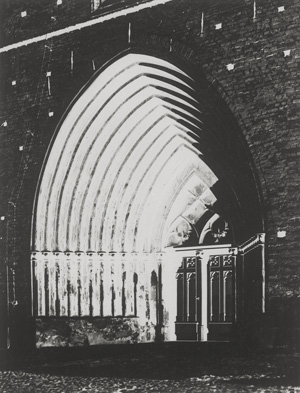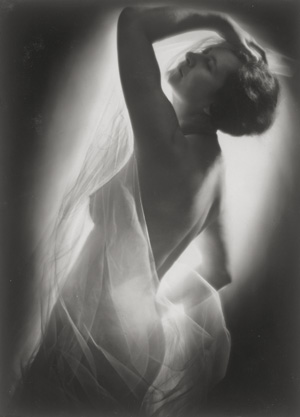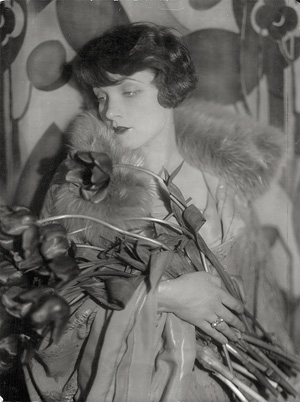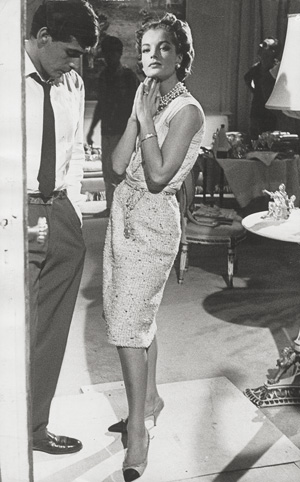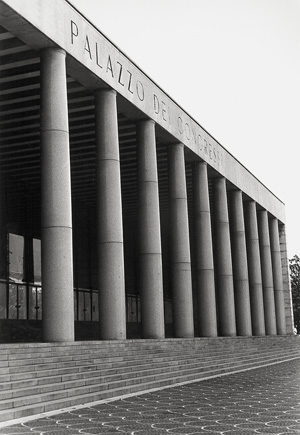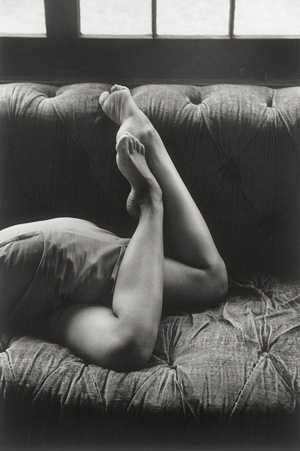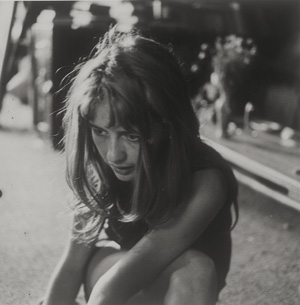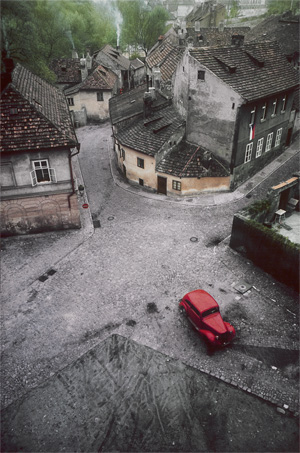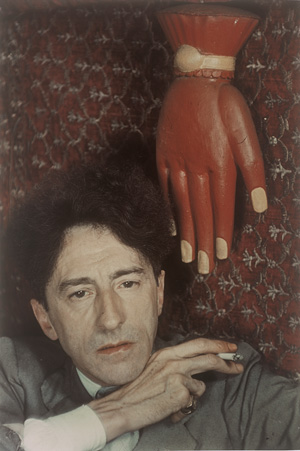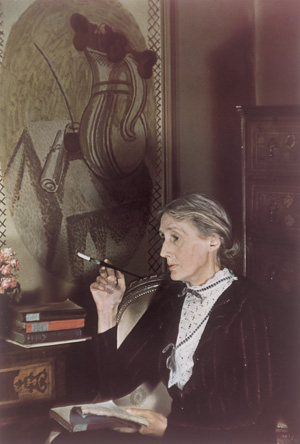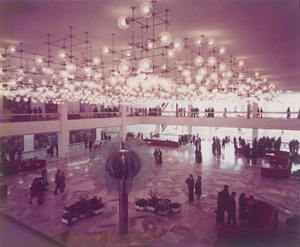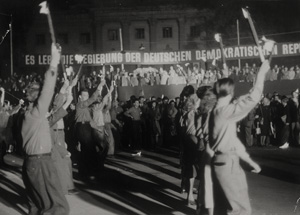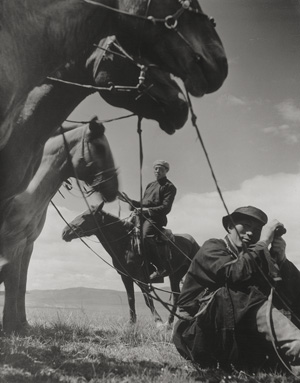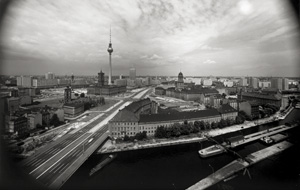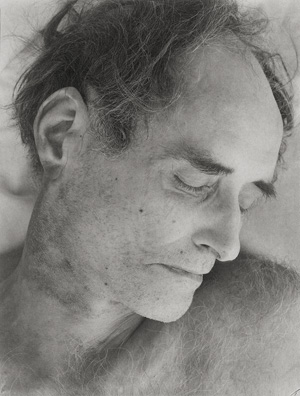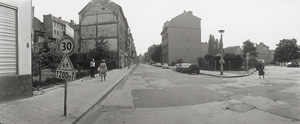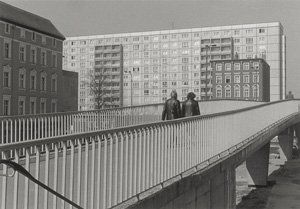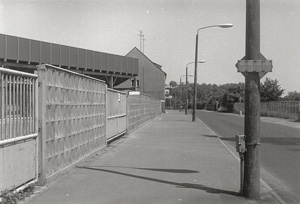Fink, Larry
Untitled from the series "Moses Soyer"
Im Archiv
Ergebnis (inkl. Aufgeld) *
1.063€ (US$ 1,207)
Fink, Larry
Untitled from the series "Beatniks"
Im Archiv
Ergebnis (inkl. Aufgeld) *
1.000€ (US$ 1,136)
Sewcz, Hans Martin
Auguststraße, Ecke Kleine Hamburger Straße, Berlin; In der Auguststraße, Berlin-Mitte; Linienstraße am Koppenplatz, Berlin
Im Archiv
Ergebnis (inkl. Aufgeld) *
1.500€ (US$ 1,705)
Sewcz, Hans Martin
Oranienburger Str., Kreuzung Tucholskystraße Berlin
Im Archiv
Ergebnis (inkl. Aufgeld) *
1.625€ (US$ 1,847)
[*]: Regelbesteuert gemäß Auktionsbedingungen. [^]: Ausgleich von Einfuhr-Umsatzsteuer.
* Alle Angaben inkl. 25% Regelaufgeld ohne MwSt. und ohne Gewähr – Irrtum vorbehalten.
Galerie Bassenge
Erdener Str. 5A
14193 Berlin
Öffnungszeiten:
Montag bis Donnerstag, 10–18 Uhr,
Freitag, 10–16 Uhr
Telefon: +49 30 8938029-0
Fax: +49 30 8918025
E-Mail: info (at) bassenge.com
Impressum
Datenschutzerklärung
© 2024 Galerie Gerda Bassenge
Galerie Bassenge
Erdener Str. 5A
14193 Berlin
Öffnungszeiten:
Montag bis Donnerstag, 10–18 Uhr,
Freitag, 10–16 Uhr
Telefon: +49 30 8938029-0
Fax: +49 30 8918025
E-Mail: info (at) bassenge.com
Impressum
Datenschutzerklärung
© 2022 Galerie Gerda Bassenge

